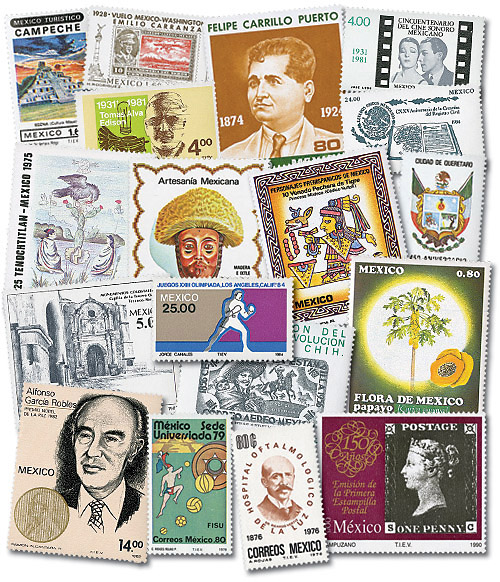
4¢ Mexican Independence
City: Los Angeles, CA
Quantity: 112,260,000
Printed by: Bureau of Engraving and Printing
Printing Method: Giori Press
Perforations: 11
Color: Green and rose r... more
4¢ Mexican Independence
City: Los Angeles, CA
Quantity: 112,260,000
Printed by: Bureau of Engraving and Printing
Printing Method: Giori Press
Perforations: 11
Color: Green and rose red
Battle Of Ambos Nogales
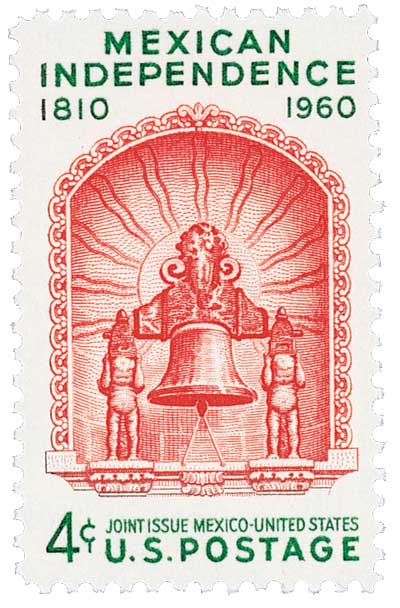
On August 27, 1918, US and Mexican forces engaged in the Battle of Ambos Nogales, amid the tensions of the Mexican Revolution, World War I, and the Border War.
Along the border of the US and Mexico, International Street divided Ambos (“Both”) Nogales. To the north was Nogales, Arizona, and to the south was Nogales, Sonora. In 1918, residents of both towns generally got along and both benefitted from the smuggling of cigars, liquor, firearms, and cattle.
Up until this time, there was no fence in the town. People knew they had to cross at one of two specific entry points. At about 4:00 p.m. August 27, 1918, carpenter Gil Lamadrid crossed back into Mexico. After he had entered Mexico, a US Customs Inspector told him to stop so he could inspect the large package he was carrying. Nearby, Mexican customs agents told him to ignore the order and continue walking into Mexico. As both sides shouted orders, Lamadrid became confused.
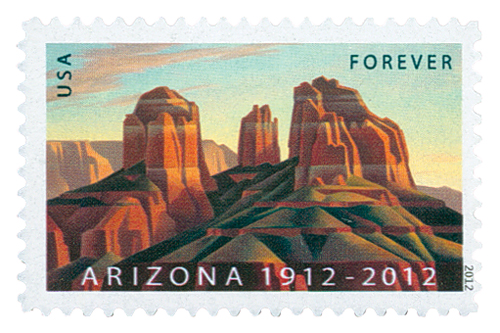
Then a shot was fired. It’s believed it was a warning shot into the air. But Lamadrid didn’t know what it was so he dropped to the ground. The Mexican customs officers thought he had been shot, so they began firing on the US agents. And the US inspectors drew their guns and returned fire. Amid the fire, Lamadrid jumped up and ran down a nearby street. Meanwhile, Mexican citizens could hear the fire from their neighborhood, so they grabbed their guns and joined the Mexican officers at the border.
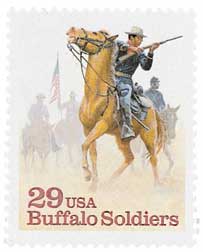
The men on the US side of the border grew concerned. At the time, World War I was raging in Europe and it had been revealed earlier in the year that the Germans had proposed a military alliance with Mexico. The American authorities didn’t know if World War I had reached the US and decided to call in Buffalo Soldiers for support. The 10th Cavalry then arrived and crossed the border into Mexico. They attacked the heights to the east of town while the militia in Arizona fired on the buildings.
Eventually, the mayor of Nogales, Sonora, tied a white cloth to his cane and ran into the street to convince his people to drop their guns. However, he was struck by a bullet and died a half hour later. In the wake of his death, the city officials sought to end the fighting and around 7:45 p.m., raised a large white flag over their customs building.
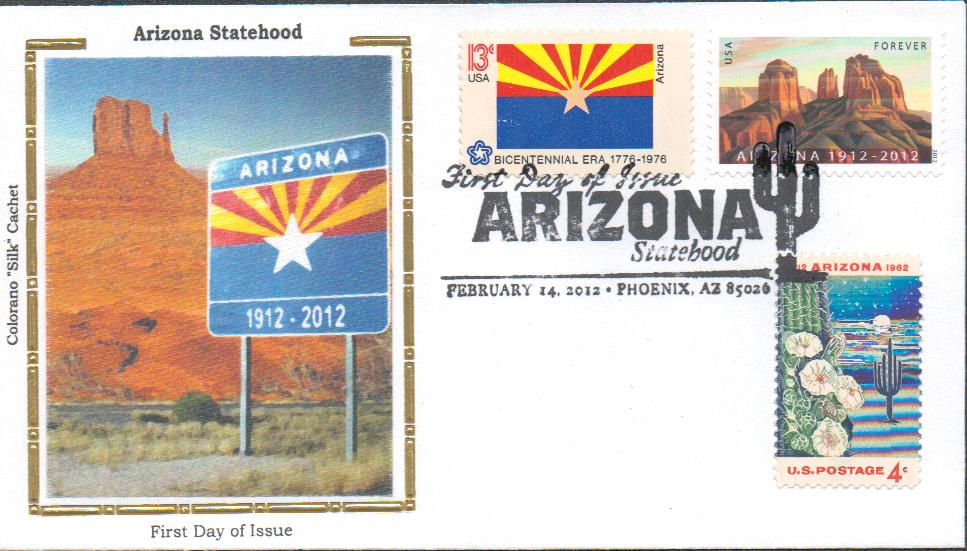
The Americans immediately ordered a ceasefire, though occasional sniper fire would continue on both sides through the night. The border crossing was closed until late the following day. Over the course of the fighting, four US soldiers and two civilians were killed, while 28 soldiers and civilians were wounded. On the Mexican side, about 30 soldiers and 100 civilians were killed and about 300 wounded.
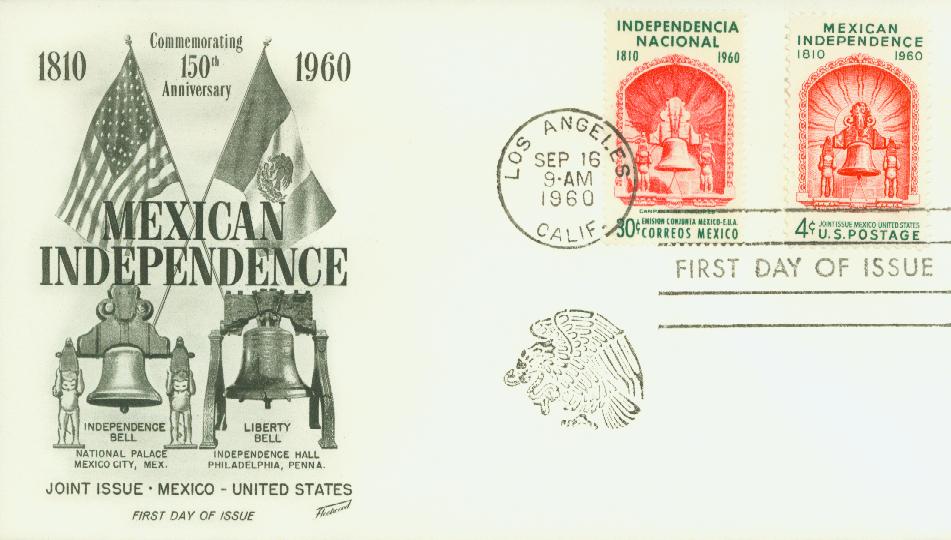
Diplomatic talks and an American investigation into the incident were immediately arranged. In the end, they decided to establish a two-mile-long border fence down International Street – the first permanent border fence separating the US and Mexico. The battle holds special significance in Mexico, with its own song “El Corrido de Nogales” and a monument honoring those who participated in the battle. Additionally, the Mexican Congress bestowed upon Nogales the title of “Heroic City.”



